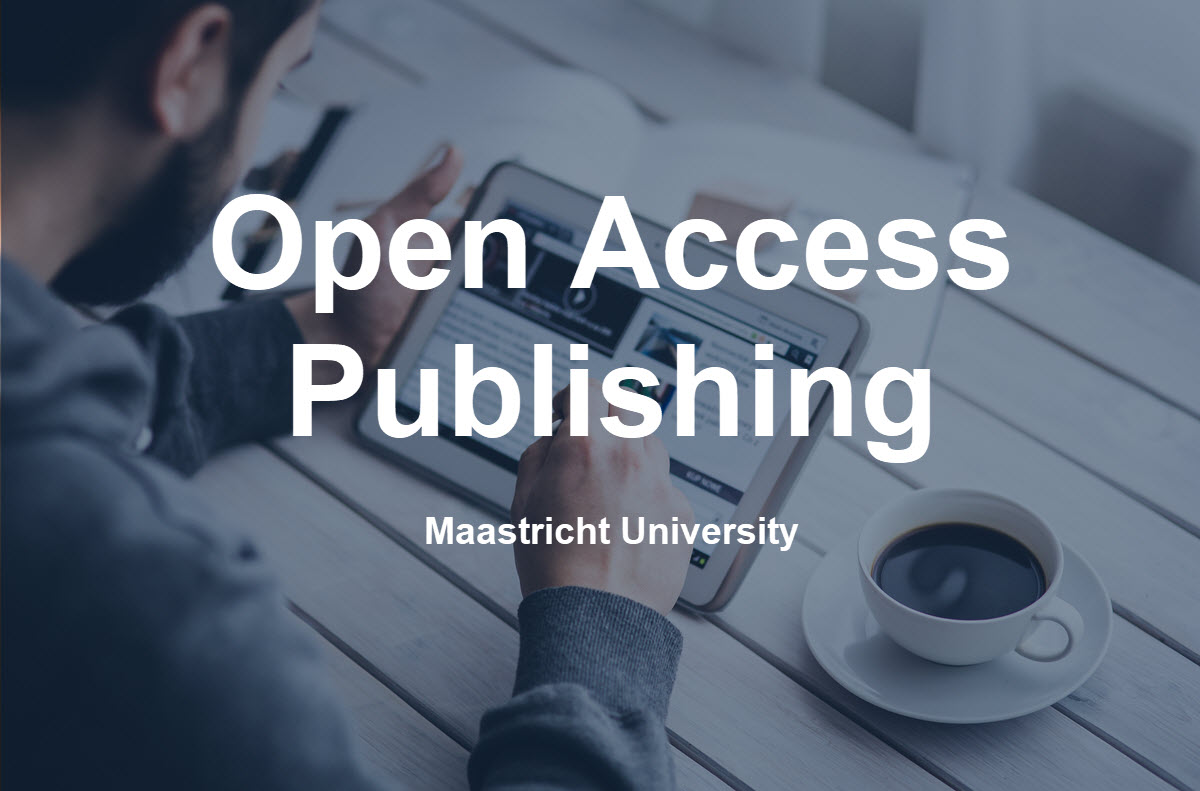A publication is defined as Open Access (OA) when there are no financial, legal or technical barriers to accessing it. This means that anyone can read, download, copy, distribute, print, search for and search within the information, or use it in education or in any other way within the legal agreements.
By publishing your research OA under an open licence (CC), you enable readers to access, distribute, and reuse your output freely.
The European Commission, most national research funding bodies and the Universiteiten van Nederland (UNL) consider OA publishing – and, more broadly, Open Science (OS) – a priority. The National Plan Open Science aims to make all publicly funded scientific publications 100% open access.
OA in 5 minutes
Why Open Access
Research results are published in scholarly journals and books or communicated via other platforms.
These scholarly journals and books generally have high subscription or purchase costs, so only wealthy institutions such as universities and hospitals have access to them. Other interested parties – teachers, students, patients, journalists, policymakers, non-profits and small enterprises – do not have free access. Maastricht University states that science output should be freely accessible and reusable for everyone. After all, a large part of the research is publicly funded. In addition, Open Access is also beneficial for the researcher.
Benefits for researchers
- Enhanced visibility and discoverability of research results
- Easier (re-)usability of research results
- Increased citation score
- Faster dissemination and broader application of new ideas and discoveries
The ambition of Maastricht University is to make all short scholarly work available in Open Access. In order to realise this ambition researchers are asked to share their academic work Open Access, either by publishing OA in a journal or depositing the work in the institutional repository.
Gold (and Diamond) Open Access
Research output published via a publisher (the golden route) is freely and immediately available on the publisher’s website to the reader.
When publishing Open Access in a journal your publication will immediately be freely accessible in the final publisher version. Most Open Access journals ask for compensation for publishing your article Open Access, also known as Article Processing Costs (APCs).
Publication costs are paid by: the author, the author’s institution, or the funding body. Keep this in mind when applying for a research grant.
Diamond journals are a special branch of Gold OA. Diamond journals are different in that they do not charge APCs to the authors. Diamond journals are usually funded via library subsidy models, institutions or societies. You can browse the Directory of Open Access Journals to find a suitable non-APC OA journal for your output.
The Dutch government has expressed a preference for the golden route for publicly funded research. Maastricht University supports this policy. Therefore, the University Library has made arrangements with several publishers that fully or partly cover the APC costs of OA publishing for UM/MUMC researchers. For more information on this, go to Publisher deals.
Green Open Access
When you publish an article in a subscription journal, readers have to subscribe or pay a fee to access the publication. Green Open Access means that the authors make a version of their published article (or book chapter) available via an OA repository. Maastricht University offers the option to make the author version (AAM) and the published version (VoR) available via our institutional repository.
More information
For more information contact the Open Access team

